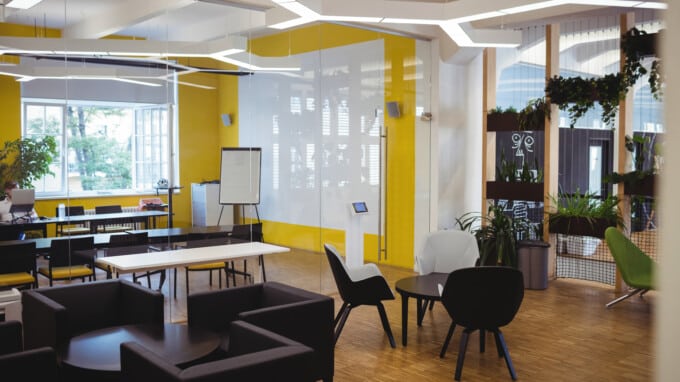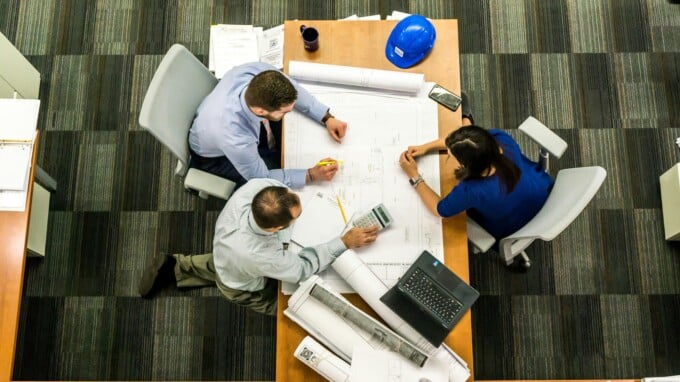What to Do with Your Office Furniture While Employees Work Remotely
With employees working from home, companies are having to grapple with what to do with their current office furniture that is not being used.

Last March, companies across the country prepared for what they believed would be a short-term work-from-home (WFH) scenario for their employees. Over a year later, companies have landed in one of three places. Some have completely returned to the office. Many continue a hybrid approach, and others have opted for permanent WFH setups. But most organizations, even those going fully remote, still need a physical home office. That means while your office space might be shrinking, it certainly is not dead.
To get rid of the office altogether creates certain challenges in the way we interact. It poses questions like, “How will companies keep their culture alive?” (an integral piece in what differentiates you from the rest).
Today, employers are having to respond to the ever-evolving state of the pandemic and assessing if and how they should reconfigure their physical office spaces.
Trends in Office Space Revamps
Collaborative open offices, at least as we’ve known them the past decade, may be behind us as companies work to install single offices, plexiglass barriers and sanitizing stations in an effort to create a safe space for employees returning to the workplace.
For those taking a hybrid approach or implementing rotating days to reduce how many employees are in the building at once, companies are downsizing and transforming their offices into a coworking space. This means desks and offices are no longer assigned to individuals, rather employees can choose where to work when they arrive for the day.
Additionally, many organizations are looking for opportunities to reduce surface-to-person transmission of disease by converting light switches and key code entries to touchless alternatives.
Office Furniture Decommission and Liquidation
Whether your company or organization has settled on a long-term solution for its office space or continues to assess its evolving needs, many office revamps come with decommissioning office furniture. Here are a few options to consider when you have dozens of desks, chairs and other furniture that are no longer needed.
- Donate office furniture to organizations in need. There are charitable organizations that provide free furniture donation pickup including Habitat for Humanity, Goodwill, The Arc and more. Alternatively, consider a local organization to support those in need within your community.
- Depending on the value, offer office furniture to your remote employees. This can be especially beneficial should you pursue a hybrid approach. Desk chairs, monitors and even filing cabinets make working from home more comfortable, organized and productive. If it’s not within your means to give furniture away, consider selling it to employees at discounted price.
- If your company is relocating to a different office altogether, have a conversation with your lease holder. Leaving behind furniture leaves your landlord with assets that can help them market the space better to other relocating businesses.
Be Prepared to Minimize Distractions
There are several factors to consider when finding the right assistance to relocate or decommission office furniture. How quickly do you need everything out? Will you need office furniture storage or help from office furniture liquidators to decommission unwanted items? Do you want to bring in a partner whose sustainability and other values align with yours?
On top of those questions, you’ll want to find a service that can help to create a plan that will minimize distractions. For example, if employees will be in the office, you might want to consider scheduling a WFH week during an office relocation. Or if employees are already remote, will relocating any IT equipment, like a server, disrupt employees’ ability to access files? Partnering with a workplace solutions provider can help address these questions – and others that might not be immediately apparent – to ensure your employees’ productivity isn’t adversely impacted.
For many organizations, part of the new normal means a scaled-down office, which will necessitate a plan for decommissioning and reconfiguring furniture. Every company’s situation is different, but planning ahead and finding the right, flexible partner will ensure a smooth and seamless transition.
Need help planning an office relocation or decommissioning your old furniture? Reach out and let Hilldrup’s Workplace Solutions help you navigate a plan that works best for your employees.


